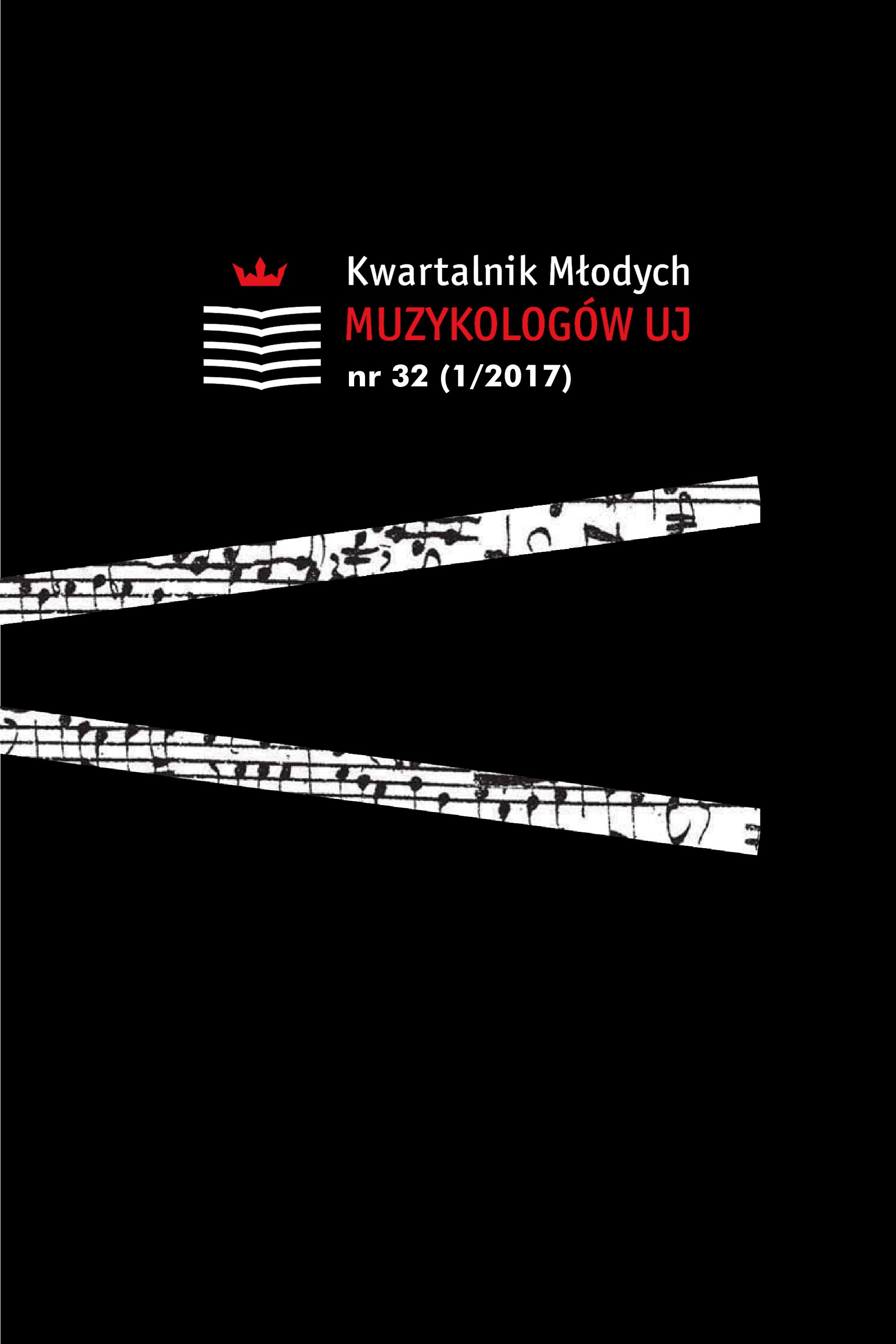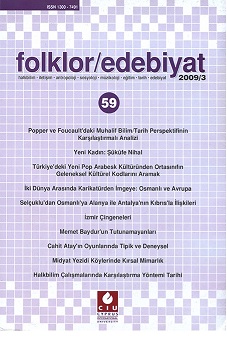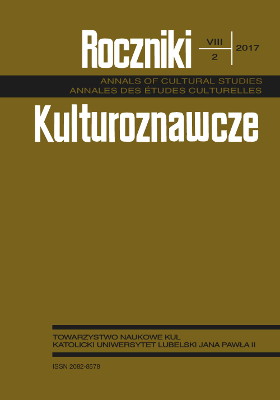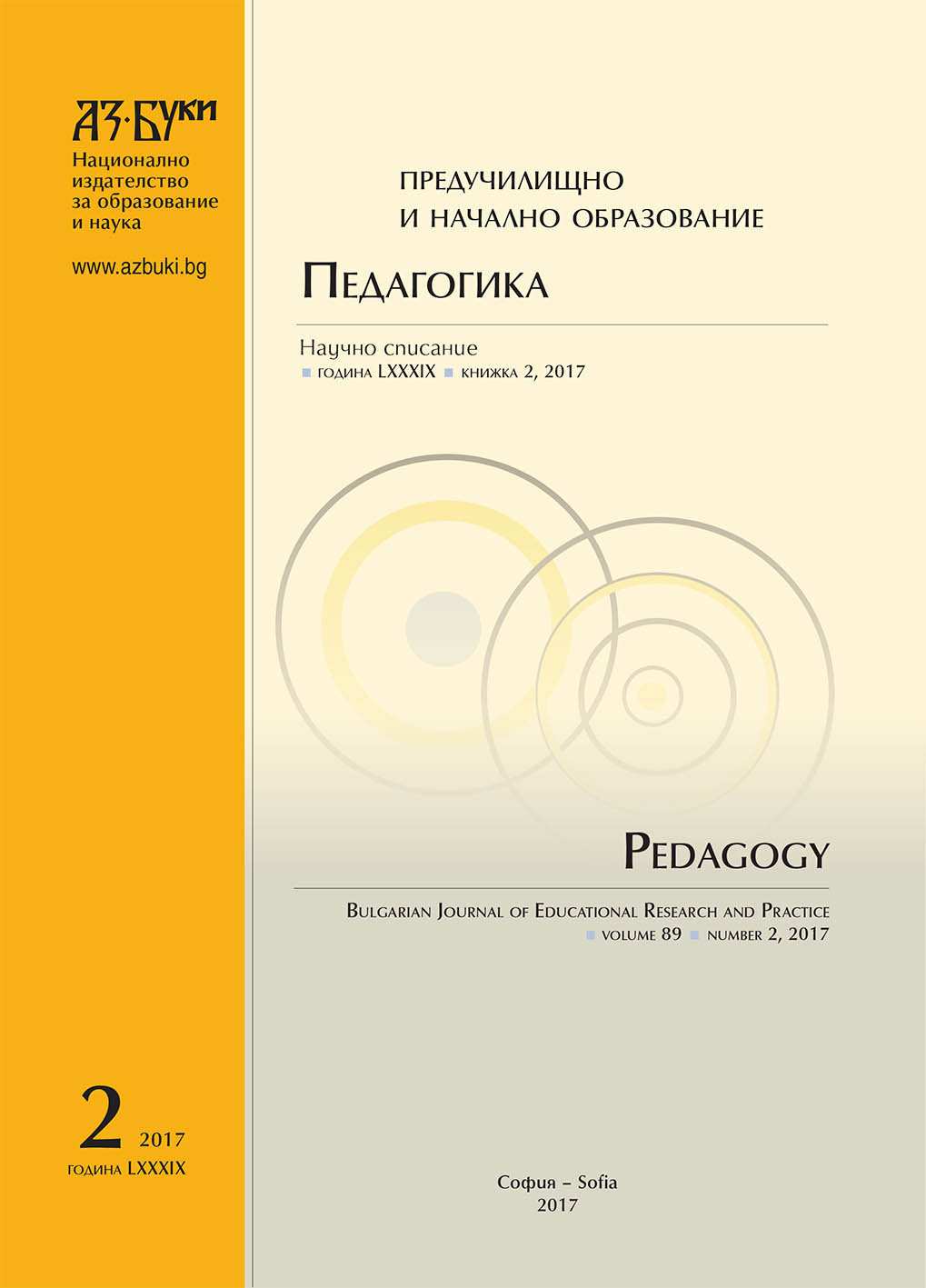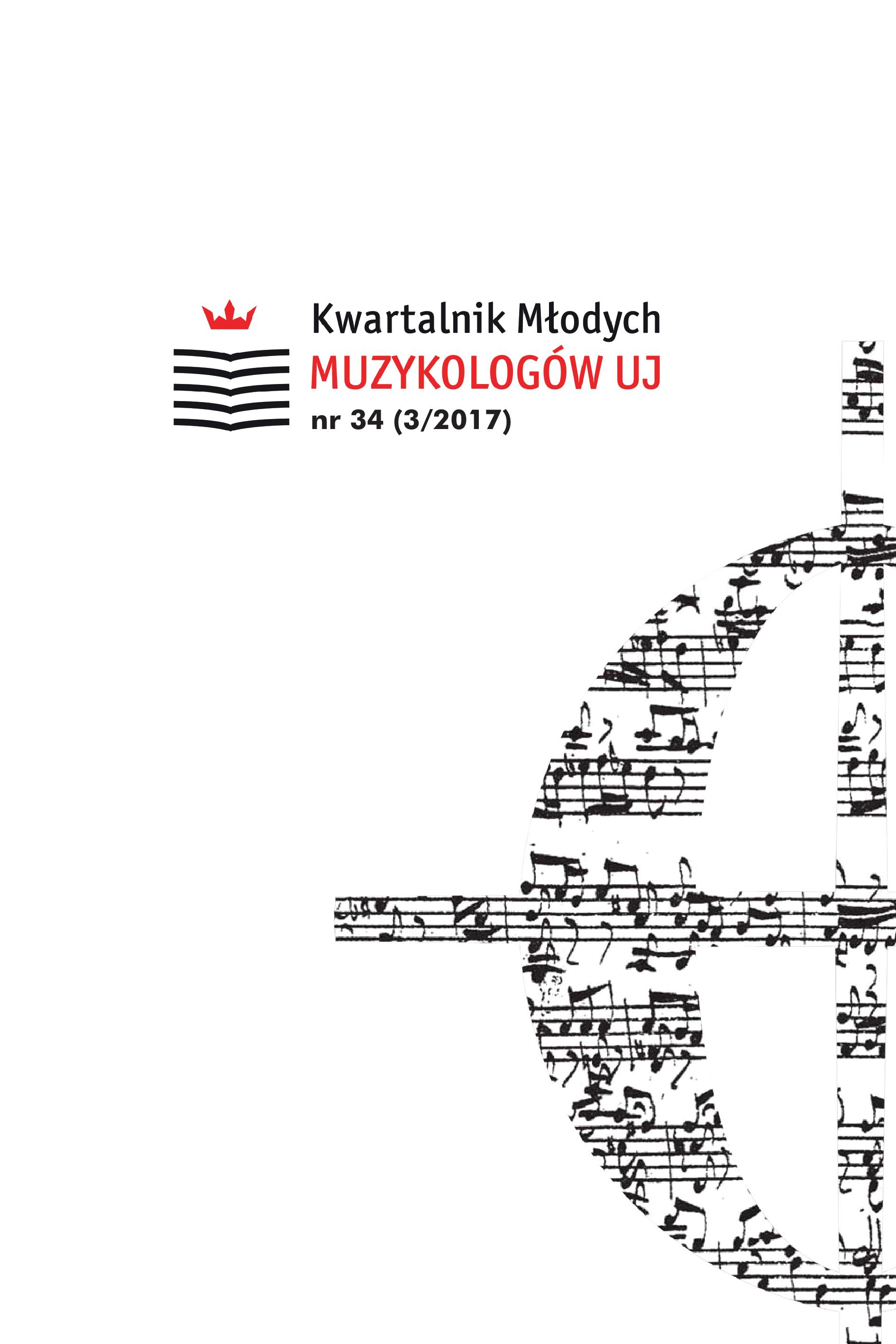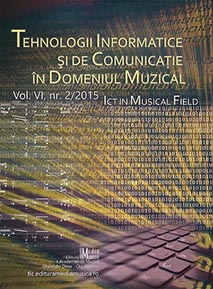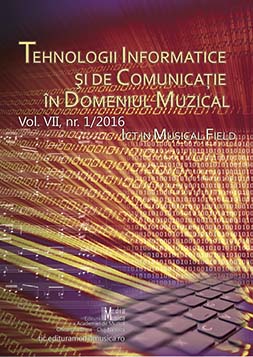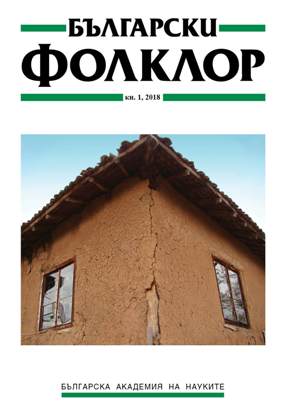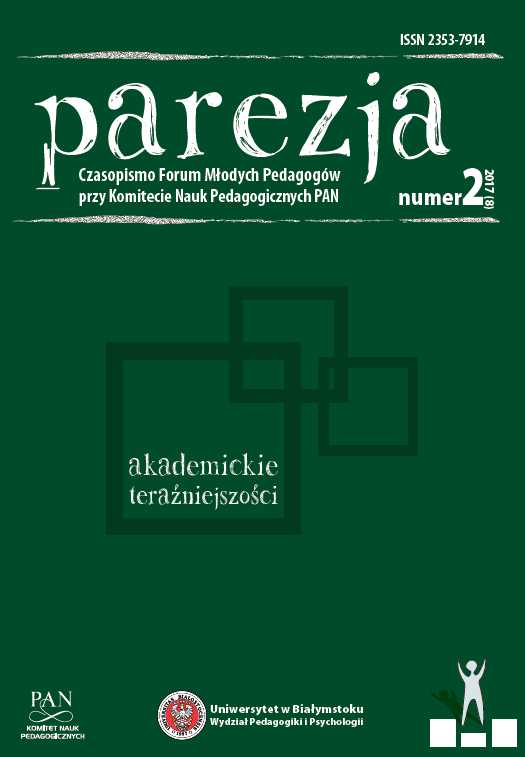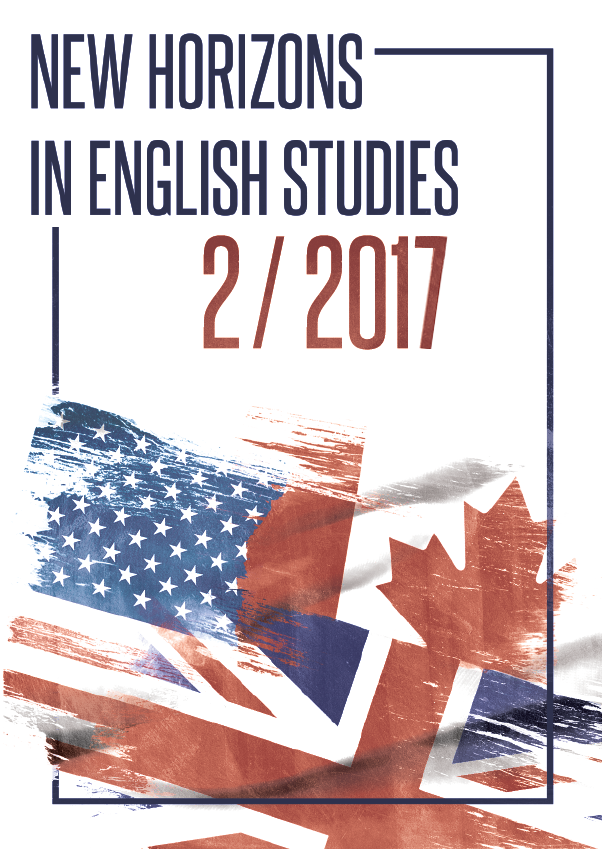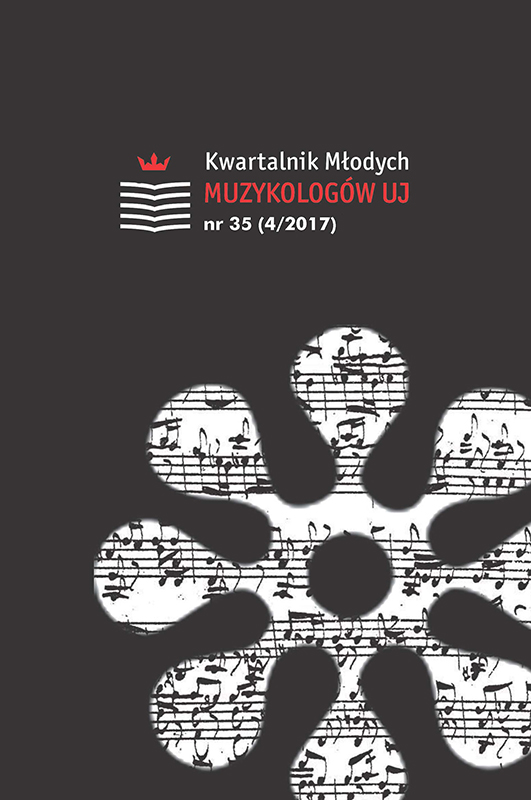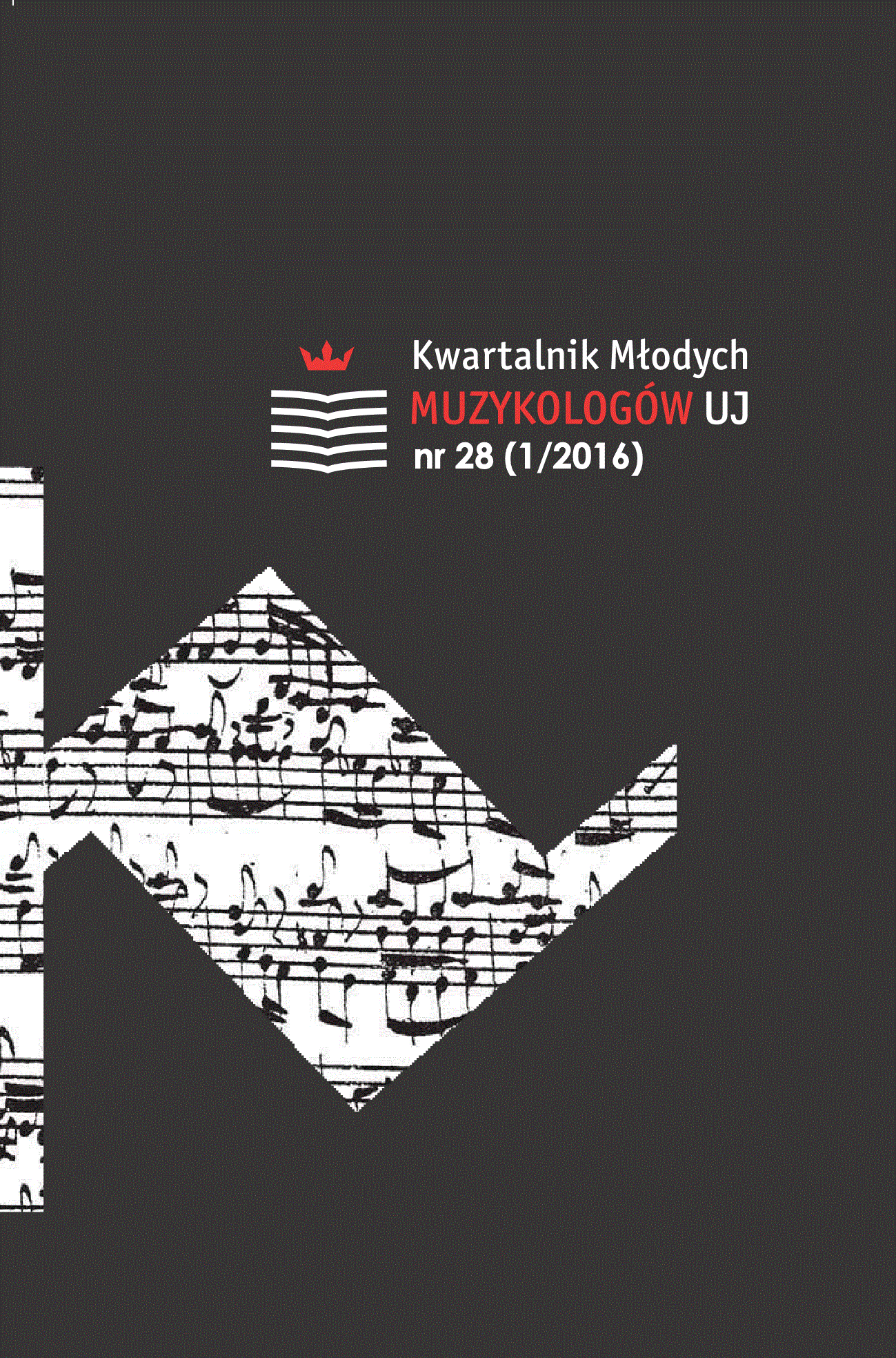
Literacki kontekst dzieła muzycznego
The following article describes a phenomenon of the correspondence of arts using the works of Frederic Chopin and Alexander Scriabin as an example. The author is interested in the relations between music and literature and Chopin’s ballads and Scriabin’s piano poems, the genres, which are an effect of such relations. The analysis of those works shows that both composers have a different understanding of the essence of music and literature but there are also similarities. The ballads and poems do not convey a literary programme or music illustration but their sound matter is additionally complemented by the genre category, title or commentary instead.
More...
